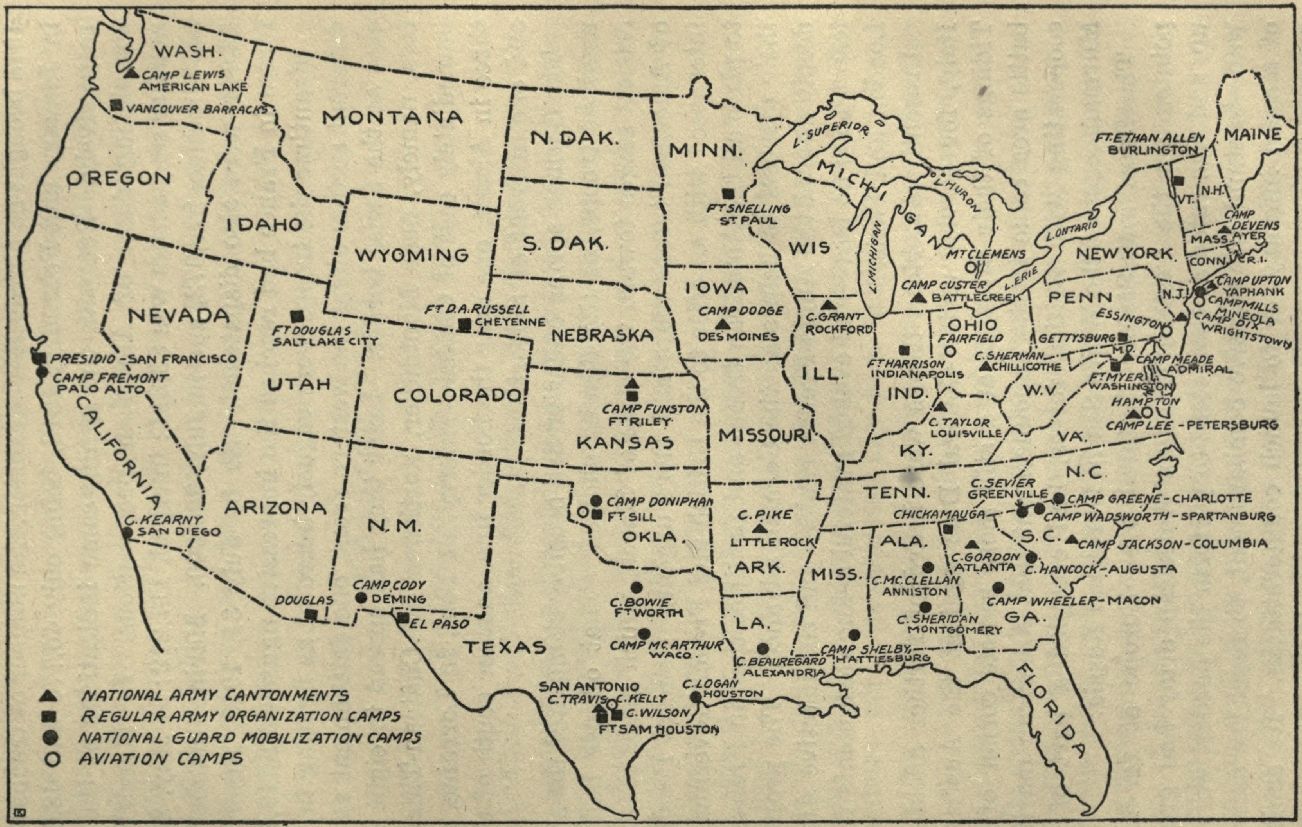Allied victory

Germany resumes submarine warfare against American ships
As 1917 began, Germany was growing increasingly desperate. Britain's blockade of German ports was making it harder and harder for Germany to feed its own people. The German war plan had depended on a quick victory over France, but now the Western Front seemed to be in a perpetual stalemate. So the German high command decided to resume submarine attacks on neutral ships in British waters. Their goal was to so devastate neutral shippers that they would become unwilling to trade with the Allies. Germany hoped that would inflict on Britain the same pain Germany itself had been suffering and force the Allies to come to terms. The Germans knew that this was a risky gamble because it could draw the United States into the war, but they hoped to bring the Allies to their knees before US involvement became significant. This proved to be a fatal miscalculation. The submarine campaign never came close to halting American shipping to the Allies, while the flood of American troops in the final months of the war ensured Germany's defeat.

The Zimmermann telegram: Germany proposes a Mexican war against the US
Anticipating that the German submarine campaign would draw the United States into the war, Germany's foreign secretary, Arthur Zimmermann, sent a coded telegram to the German ambassador in Mexico. In the event the United States declared war on Germany, the ambassador was instructed to approach the Mexican government with a proposed alliance. Germany would help fund a military campaign to allow Mexico to retake some of the territory lost in the Mexican-American war seven decades earlier. This map shows Zimmermann's proposal: Texas, Arizona, and New Mexico would be annexed into Mexico (the red line shows Mexican territory before 1845). Unfortunately for Zimmermann, the Brits were not only tapping undersea cables between Europe and the United States, but they had also broken Germany's ciphers. So the Brits deciphered Zimmerman's message and passed a copy along to the Americans. The release of Zimmermann's telegram inflamed American public opinion and helped to build momentum for a US declaration of war, which occurred on April 6, 1917. Mexico, meanwhile, realized that it would have no hope of defeating the United States and rejected Germany's proposal.
